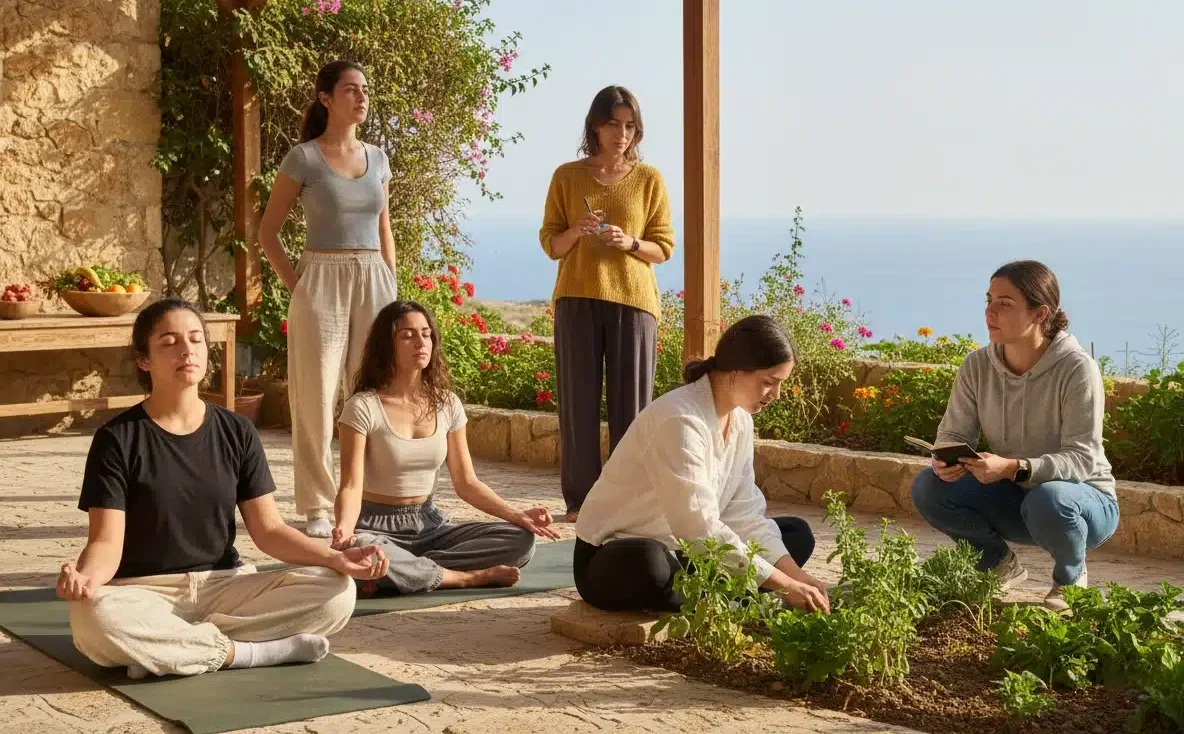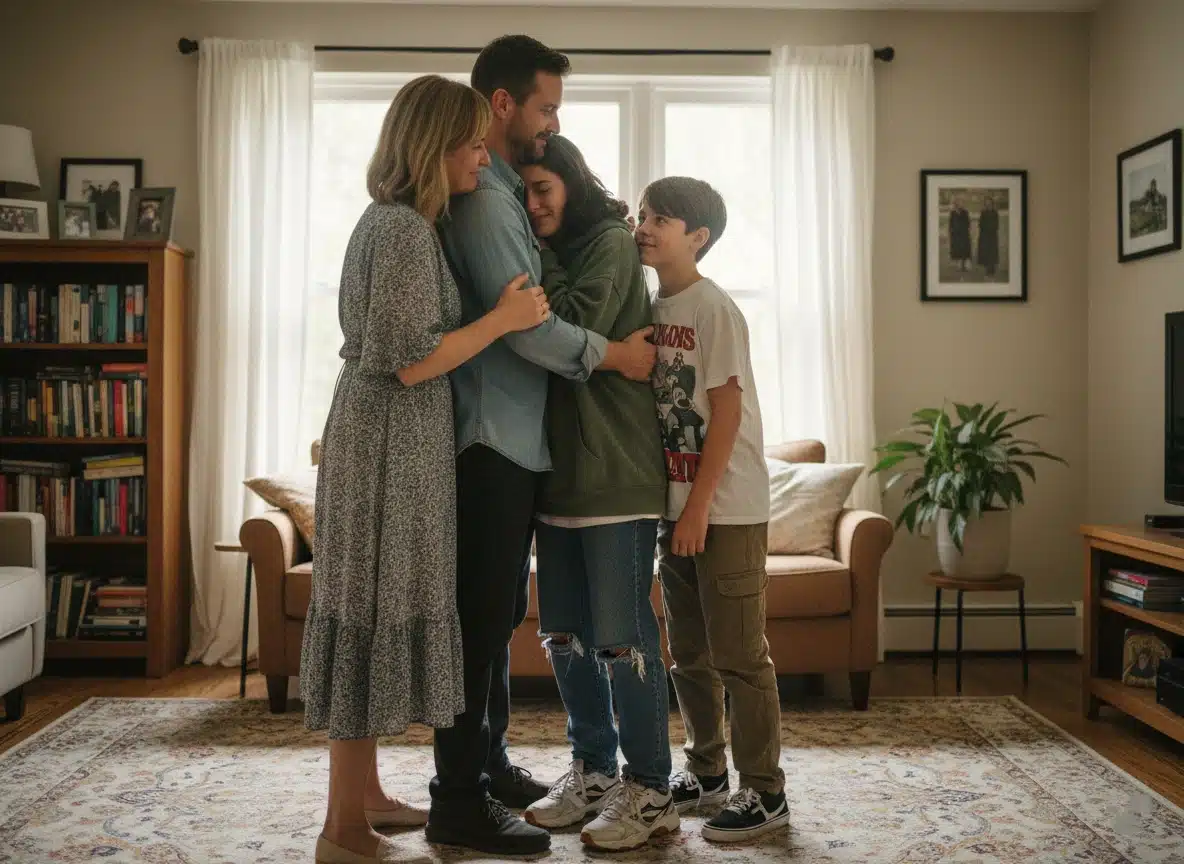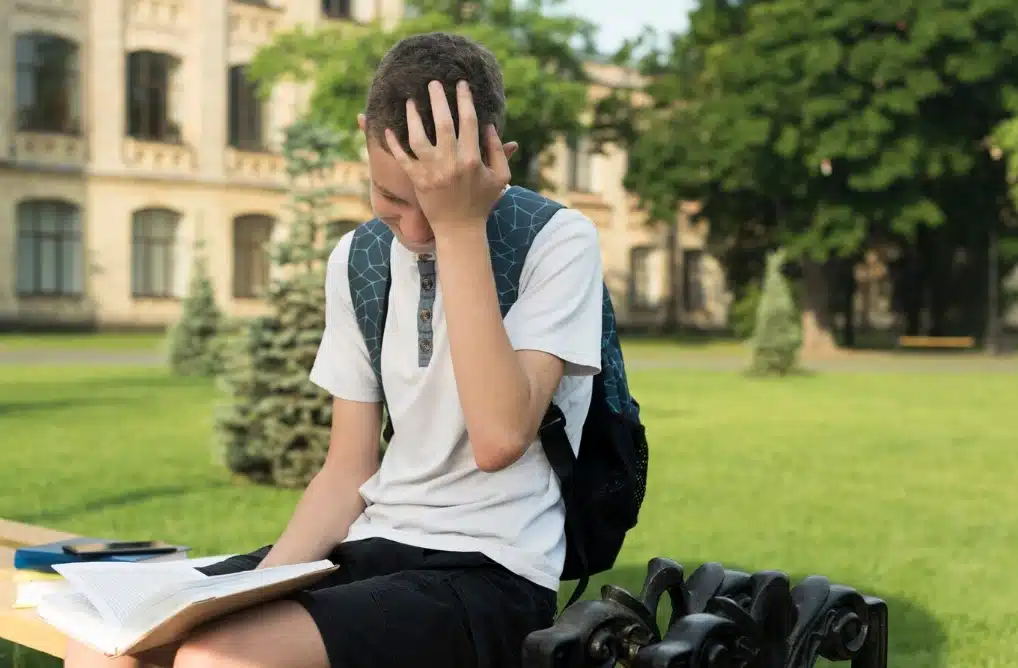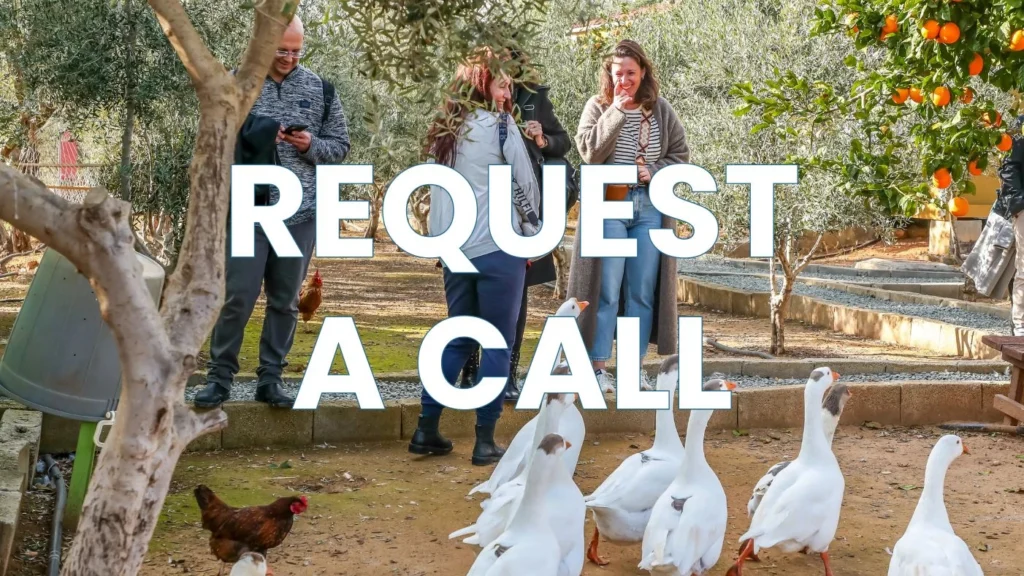Mindful Communication: Teaching Young Adults How to Speak and Be Heard
05 min read
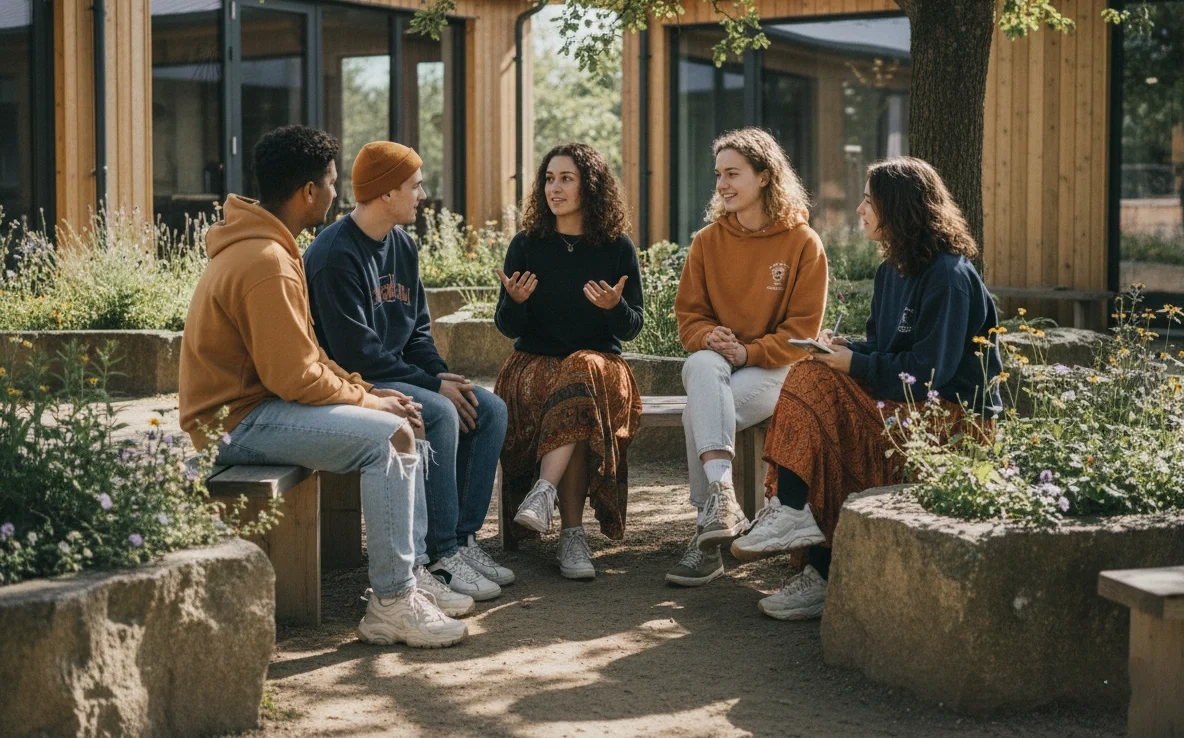
Words as Bridges
Communication is more than talking — it’s the art of connection.
For many young people at Holina Village Cyprus, communication has become a source of frustration or fear.
They may have grown up in environments where emotions weren’t safe to express, or where their words were ignored, criticized, or misunderstood.
When that happens, silence becomes protection — and disconnection follows.
Our mission at Holina Village is to help young adults rediscover the power of mindful communication: the ability to speak honestly, listen openly, and be understood without conflict or shame.
“When young people learn to speak from awareness, not reaction, everything changes — the tone, the trust, the relationship.”
— Therapist, Holina Village Cyprus
The Challenge of Communication in Recovery
Emotional healing depends on communication.
But many young adults in recovery struggle to express needs, apologize, or set boundaries.
Some communicate impulsively — through anger, withdrawal, or sarcasm — while others shut down completely.
Both are attempts to stay safe.
At Holina Village, we teach that communication isn’t about control or defense — it’s about connection.
When done mindfully, it becomes a healing tool rather than a trigger.
What Is Mindful Communication?
Mindful communication means staying present and intentional in both speaking and listening.
It’s the practice of pausing before reacting, choosing words with care, and listening with empathy.
It helps young adults slow down enough to notice how they communicate — tone, body language, energy — and what impact that has on others.
In mindfulness, communication becomes less about being right and more about being real.

The Pillars of Mindful Communication at Holina Village
Our approach integrates mindfulness, emotional literacy, and therapeutic dialogue to teach young adults how to speak and listen from a place of self-awareness.
1. Awareness
Recognizing what’s happening internally — thoughts, emotions, sensations — before responding.
2. Intention
Asking, “What am I trying to communicate right now?” rather than reacting impulsively.
3. Compassion
Speaking with kindness and listening with empathy, even in conflict.
4. Responsibility
Owning one’s emotions and words without blaming or deflecting.
5. Curiosity
Replacing assumptions with openness: “Help me understand what you mean.”
“Mindful communication doesn’t mean being quiet. It means being conscious.”
— Program Director, Holina Village Cyprus
How We Teach Communication in Practice
At Holina Village, communication skills are developed through therapy, education, and daily community life.
Students practice expressing emotions constructively, listening without judgment, and repairing misunderstandings.
Key techniques include:
“I feel” statements instead of blame (“I feel hurt when…” rather than “You always…”)
Grounding before difficult conversations
Group reflection circles for shared understanding
Active listening exercises
Role-play and scenario practice
Everyday interactions — from classroom discussions to mealtime conversations — become opportunities for practice and growth.
Rebuilding Trust Through Communication
Many of our students arrive with strained family or peer relationships.
They’ve experienced broken trust or emotional distance that words alone can’t fix.
At Holina Village, we show that communication can rebuild bridges when it’s honest, patient, and consistent.
Over time, young adults learn that vulnerability doesn’t mean weakness — it means courage.
As they practice expressing themselves with clarity and empathy, relationships begin to heal naturally.
“For the first time, my son talked about his feelings without anger — just honesty. It was the beginning of change.”
— Parent, UK
Learning to Listen
True communication begins with listening.
In mindfulness training, students learn how to listen without interrupting, judging, or preparing a reply.
They discover that listening isn’t passive — it’s an active act of care.
By hearing others fully, they begin to understand themselves more deeply too.
This shift from reaction to reflection transforms group dynamics, friendships, and family conversations alike.
Managing Conflict Mindfully
Conflict is inevitable — but chaos isn’t.
We teach that healthy disagreement can be a powerful teacher when handled with respect and calm.
In therapy sessions and group work, students learn how to:
Stay grounded during conflict
Express needs without attacking
Recognize emotional triggers
Apologize and repair when necessary
By practicing these skills, they learn that conflict doesn’t destroy connection — it can deepen it when approached mindfully.
“I used to argue to be right. Now I speak to be understood.”
— Student, 18
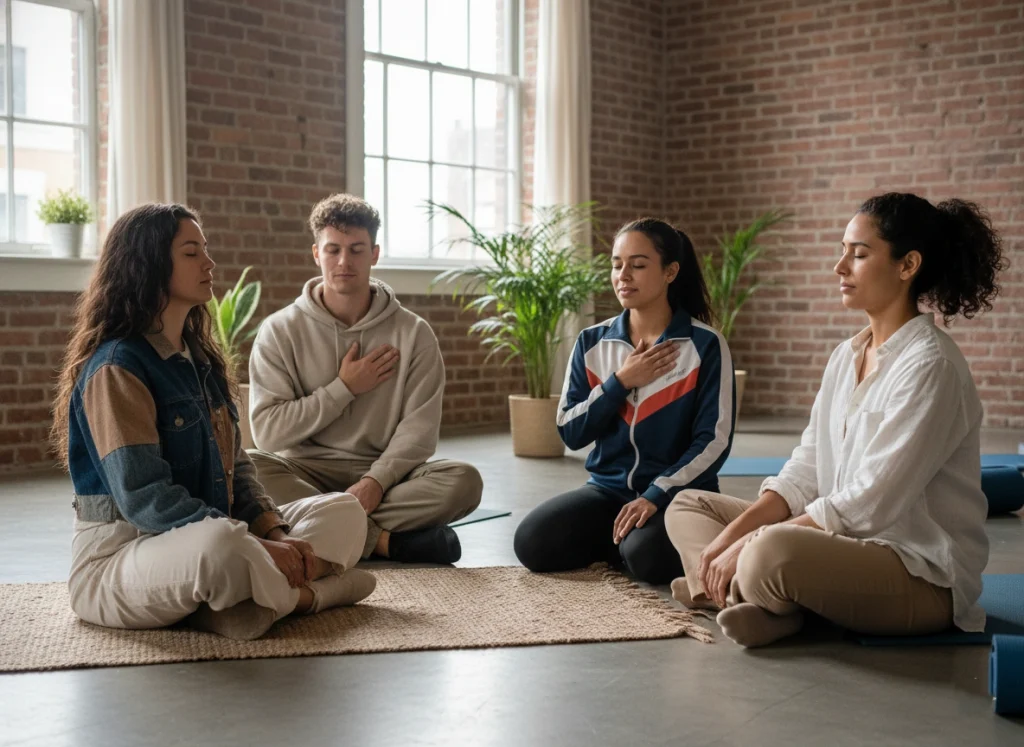
Communication and Emotional Regulation
Words follow emotions.
That’s why communication training at Holina begins with emotional regulation.
Through mindfulness, breathing, and self-awareness, students learn to calm their nervous systems before engaging in difficult conversations.
They practice speaking from a regulated state, turning impulsivity into intentionality.
This inner calm helps them communicate clearly, even in moments of stress.
Family Communication Workshops
Families are included in the process through guided communication workshops.
Parents and young adults learn how to have meaningful conversations without criticism or shutdowns.
We teach families to use validation, empathy, and clear expression — replacing old patterns of misunderstanding with authentic dialogue.
These skills rebuild connection, often for the first time in years.
“We stopped arguing and started listening. That changed everything.”
— Parent, Cyprus
The Role of Nonverbal Communication
Body language, tone, and energy often speak louder than words.
Holina’s mindfulness exercises help students become aware of these subtle cues — their posture, eye contact, facial expressions, and tone.
They learn that how they say something often matters more than what they say.
Through this awareness, communication becomes genuine, grounded, and gentle.

Digital Communication in the Modern World
Young people live in constant digital dialogue — texting, posting, scrolling.
This fast, filtered communication can distort meaning and emotional connection.
Holina teaches students how to engage mindfully with technology — to pause before sending, to use messages responsibly, and to prioritize in-person connection whenever possible.
Digital mindfulness helps restore authenticity in a world of instant reactions.
Stories of Connection and Growth
“I didn’t know how to talk without anger. Now I can speak calmly — and people actually listen.”
— Student, 19
“Our family dinners feel peaceful again. We finally understand each other.”
— Parent, UK
“Communication used to scare me. Now it’s how I stay connected.”
— Graduate, 20
Each story reminds us that communication isn’t just about words — it’s about presence, empathy, and truth.
FAQs About Mindful Communication at Holina Village
Q1: What if my child refuses to talk or opens up too little?
We never force communication. We create safety first — once trust is built, openness follows naturally.
Q2: How is mindful communication taught in group settings?
Through modeling, feedback, and reflection. Students practice empathy and expression daily in group therapy.
Q3: Is mindfulness part of all communication sessions?
Yes. Every exercise includes grounding and awareness practices to keep communication calm and centered.
Q4: How does mindful communication help after treatment?
It gives young adults tools to manage relationships, handle stress, and navigate life confidently.
Q5: Can families learn these techniques too?
Absolutely. Family workshops teach the same skills to ensure understanding and continuity at home.
Conclusion: Speaking From the Heart
At Holina Village Cyprus, communication becomes more than conversation — it becomes connection.
We teach young people that their voice matters, that honesty is healing, and that listening is love in action.
When they learn to speak and be heard with awareness, they rediscover confidence, peace, and belonging.
Begin your healing journey with Holina Village Cyprus today.
Where communication becomes mindful — and words become bridges to understanding.

